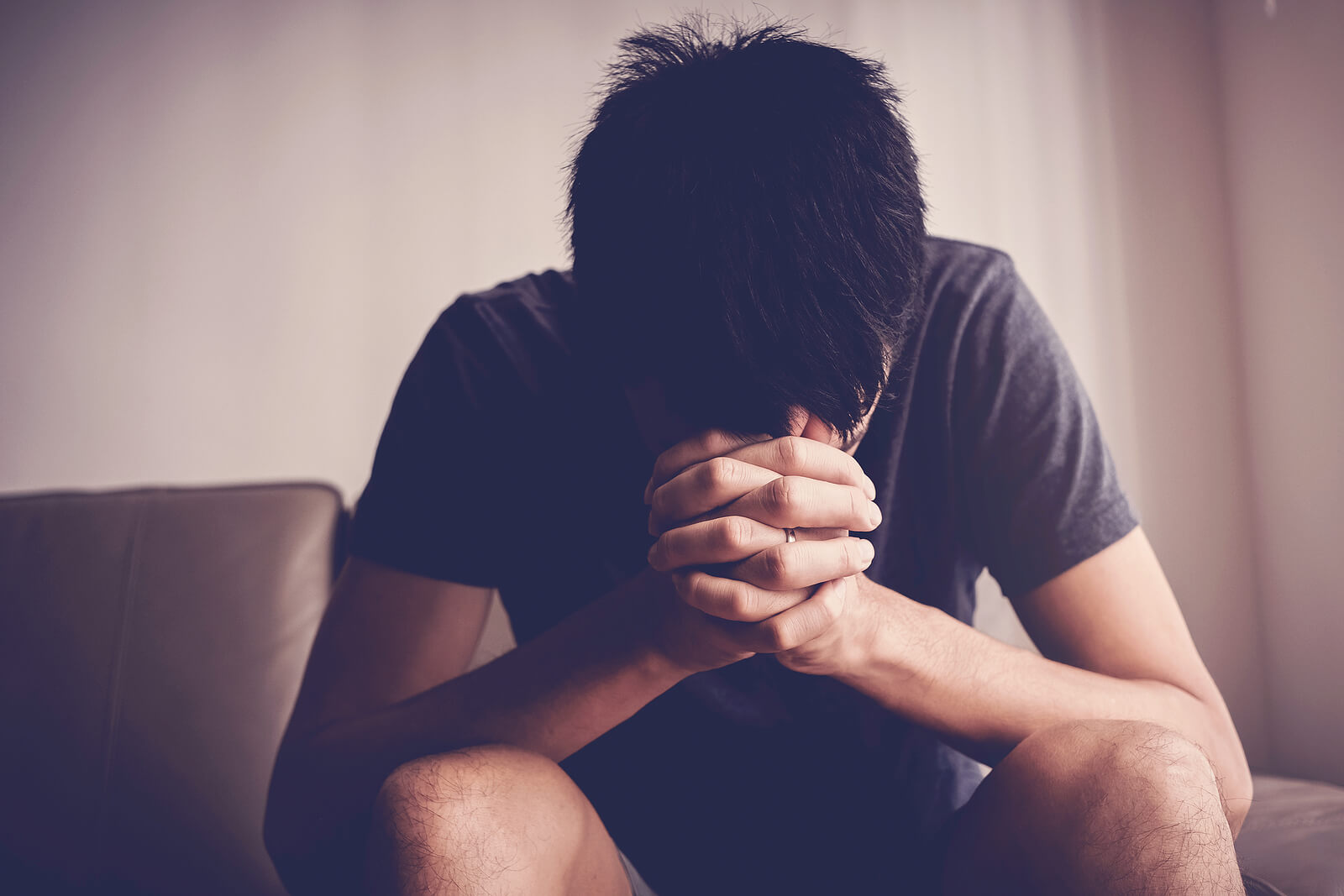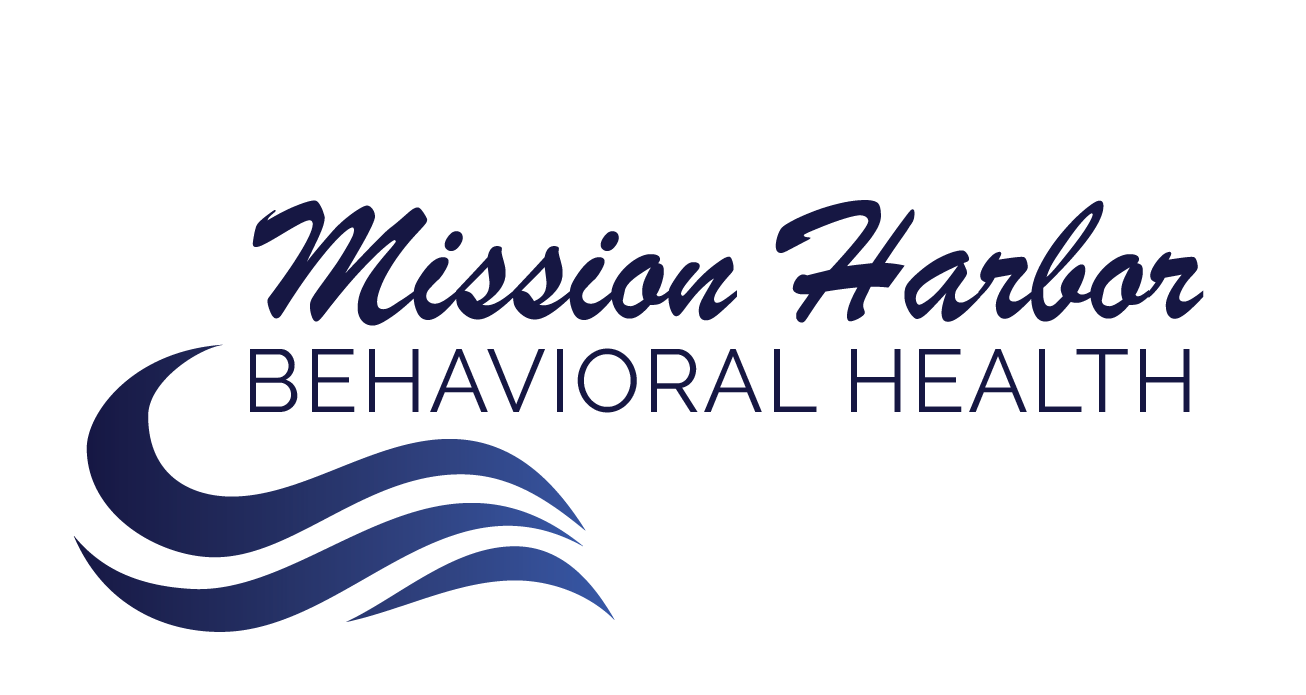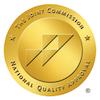
With the internet at our fingertips, nearly every form of content imaginable is just a click away. For many, this brings convenience and entertainment, but for others, it can lead to habits that are hard to break. Porn addiction is one area that, while common, has sparked growing concerns. Though it isn’t officially classified as an addiction, studies are beginning to show just how much it can affect those who struggle to control their consumption.
What Makes Porn Addictive?
Pornography taps into the brain’s natural reward system which is designed to seek out pleasure and avoid discomfort. When someone watches porn, it stimulates the release of dopamine, the brain’s feel-good chemical. This is similar to when someone engages in other rewarding activities like shopping or exercise. The more someone engages in this behavior, the more their brain begins to associate pornography with pleasure, thus making it hard to stop.
The increased access to the internet has only intensified the potential to become addicted to porn. With just a few clicks, anyone can access a variety of sexual content, either through images and videos or live streaming and chat rooms. The anonymity and privacy of online use make it easier for people to indulge without fear of judgment. This constant stimulation can keep one hooked as the brain continues to crave more and more of the same experience.
Additionally, porn appeals to the deeper parts of our brain that govern emotions and instinctual desires. These are the same regions responsible for our survival instincts, like eating or seeking shelter. As a result, the pull of pornography can feel overwhelming because it bypasses logic and taps directly into our emotional and pleasure-driven responses.
Is Porn Addiction Common?
Porn addiction, or at least frequent use of pornography, is more common than many people realize. In the U.S., a large portion of the population has viewed pornography. Here’s a breakdown of some data that shows just how widespread porn is:
- Porn exists on 12% of all websites.
- Approximately 69% of American men and 40% of American women view pornography in any given year.
- In 2023, the market size of the Adult & Pornographic Websites industry in the U.S. was $1.1 billion.
- The market has grown at an average rate of 10.4% per year between 2018 and 2023.
What Can Cause an Addiction to Porn?
There are several factors that can contribute to the development of porn addiction. These include changes in brain chemistry, co-occurring mental health disorders, and dissatisfaction in one’s sex life. These factors often work together to create a cycle of addiction where individuals seek out pornography to satisfy emotional or psychological needs that are not being met elsewhere.
Brain Chemistry
As mentioned previously, when you watch porn, your brain releases dopamine. This flood of dopamine creates intense feelings of satisfaction which in turn reinforces the behavior. Over time, your brain starts to prefer whatever produced those feelings and requires itself to seek out more of that pleasurable experience.
This creates a feedback loop. In other words, each time you watch porn, your brain craves the same “high” and drives you to consume more content in search of that satisfaction. Just like with other forms of addiction, these cravings can grow stronger which then can lead to compulsive use.
Co-Occurring Disorders
In many cases, porn addiction doesn’t exist in isolation. Those struggling with compulsive sexual behaviors, including excessive pornography consumption, are often dealing with other mental health issues as well. Studies have found that people with Compulsive Sexual Behavior Disorder (CSBD) are more likely to experience conditions such as:
- Alcohol dependence
- Alcohol abuse
- Major depressive disorder
- Bulimia nervosa
- Adjustment disorders
- Substance abuse (particularly cannabis and cocaine)
Other common co-occurring disorders include anxiety disorders, bipolar disorder, PTSD, OCD, ADHD, and personality disorders. These conditions can make it even harder for people to break the cycle of addiction.

Lack of Sexual Satisfaction
A lack of sexual satisfaction in one’s personal life can also contribute to the development of porn addiction. When someone feels unfulfilled or disconnected from their partner, they may turn to pornography as a way to meet their unmet needs. Over time, this behavior can escalate, leading to a reliance on porn to experience sexual satisfaction. This can worsen feelings of dissatisfaction in real-life relationships.
When Does Porn Consumption Become a Problem?
For many people, watching pornography may not initially seem like an issue. However, when consumption begins to interfere with daily life, relationships, and emotional well-being, it can quickly turn into a more serious problem.
Warning Signs of Porn Addiction
If porn becomes your go-to way of coping with stress, emotions, or personal dissatisfaction, it’s important to pay attention to the signs. Below are some common indicators that porn use may be becoming a problem:
- Neglecting important tasks or commitments
- Feeling guilty but unable to quit
- Decreased enjoyment in your real-sex life
- Struggles with intimacy or emotional connection in relationships
- Constantly seeking out more porn to feel satisfied
- Turning to increasingly extreme or explicit content
- Spending excessive amounts of money on porn-related services
- Using porn as a way to escape stress or emotions
- Becoming irritable or anxious when not watching porn
Treatment Options for Porn Addiction
If porn addiction is affecting your life, there are several treatment options available. A combination of different strategies, including therapy, medication, lifestyle changes, and peer support can help people break free from their addiction.
Psychotherapy
Cognitive Behavioral Therapy (CBT) is one of the most effective and used forms of therapy for treating porn addiction. CBT helps people identify and change the thoughts and behaviors that are driving their addiction. Benefits of CBT for porn addiction include:
- Identifying what triggers compulsive porn use
- Changing negative thought patterns
- Learning healthier coping strategies
- Building stronger emotional awareness
Medication
In some cases, medication can complement therapy to reduce symptoms of porn addiction. This is especially true for those struggling with co-occurring mental health conditions. Examples of medications that may help include:
- Nalmefene has been shown to reduce symptoms of compulsive sexual behavior in some studies.
- Antidepressants can help manage co-occurring depression or anxiety.
- Mood stabilizers are used for those with mood disorders alongside addiction.
- Anti-androgens reduce the effects of male sex hormones, which may decrease sexual urges.
Lifestyle changes
Making positive lifestyle changes is another step in treating porn addiction. These changes can help disrupt old patterns and provide healthier outlets for stress and emotions. Lifestyle changes might include:
- Reducing screen time or setting limits on internet use
- Incorporating regular physical exercise to boost mood and reduce urges
- Practicing mindfulness or meditation to manage stress
- Engaging in new hobbies or creative outlets
Peer Support
Joining a support group or engaging with others who are facing similar challenges can make the recovery journey less isolating and more manageable. Benefits of peer support include:
- Accountability from other going through the same struggles
- Emotional support and encouragement
- Learning from shared experiences
- Building a sense of community
If you or someone you know is struggling with porn addiction, it’s important to get help. Reach out to a mental health professional or explore other alternatives to start on the path to recovery.
The facilities at Mission Harbor are staffed with trained experts to best assist patients with their mental health issues. We are capable of dealing with any and all cases with a licensed staff, equipment, and approved techniques. Our mission is to help those who want to help themselves, and we support your decision in seeking help.
Get Help Now
Alcohol addiction is extremely difficult to overcome on your own.. Seek specialized help and let professionals guide you in your recovery.

